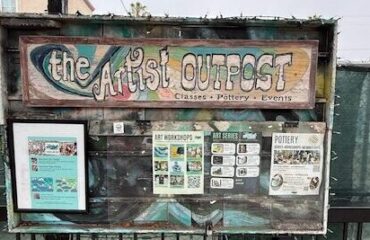 Since the 15th annual “America Recycles Day” was scheduled to take place on the 15th of this month, I waited a couple of days to see if the event would even register on the national Media Richter Scale. To determine this, I did some monitoring in my own anecdotal way, which involves using Google to get an idea of the number of articles run. Despite advance press releases from “Keep America Beautiful, Inc.,” which organized the event, and some of the corporate sponsors, I’m sorry to report that the overall press coverage for the occasion was the lowest I’ve seen yet (excluding sporadic newspaper articles in places like Seattle and Abilene, Texas). Now, this may in part have been attributable to so much of the media’s focus having been on the “Occupy Wall Street” protests and the attempts in various locales to remove participants and their gear from the urban landscape. But it’s also consistent with the reality that America’s recycling rates are still considerably lower than those of other countries I have visited.
Since the 15th annual “America Recycles Day” was scheduled to take place on the 15th of this month, I waited a couple of days to see if the event would even register on the national Media Richter Scale. To determine this, I did some monitoring in my own anecdotal way, which involves using Google to get an idea of the number of articles run. Despite advance press releases from “Keep America Beautiful, Inc.,” which organized the event, and some of the corporate sponsors, I’m sorry to report that the overall press coverage for the occasion was the lowest I’ve seen yet (excluding sporadic newspaper articles in places like Seattle and Abilene, Texas). Now, this may in part have been attributable to so much of the media’s focus having been on the “Occupy Wall Street” protests and the attempts in various locales to remove participants and their gear from the urban landscape. But it’s also consistent with the reality that America’s recycling rates are still considerably lower than those of other countries I have visited.
So let’s talk about the fact that America still doesn’t recycle nearly as much as it should. At present, only about 50 percent of U.S. households have curbside recycling, and only 12 percent of public spaces offer recycling facilities — in other words, in the places where most single-serve plastic and paper are used, 88 percent of that material still ends up in landfills.
But while America Recycles Day itself may be over for this year, there will be local events associated with it going on all month, which many of us can help to promote. And the fact that our society has so far to go simply to catch up with others where recycling is concerned also has a positive aspect in the as-yet untapped opportunities it represents. Just think of the jobs that filling in the gaps could create, and the impact they could have on our prospects for restoring the country’s economy. Think of the energy and resources we could save. Think about how it could help our oceans recover. All of these, in fact, are aspects that the “Occupy” movement could get behind.
So rather than regarding the glass as being only one-third full, which would approximate our current overall recycling rates, let’s look at it as brimming with potential innovations of the sort that can create genuine excitement in the media and really be considered “news.”

